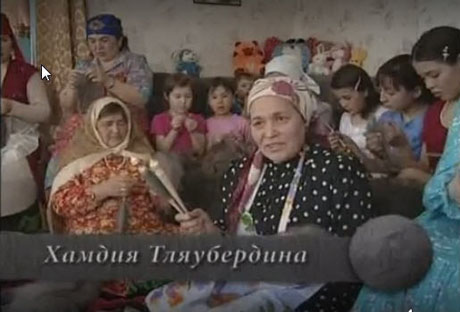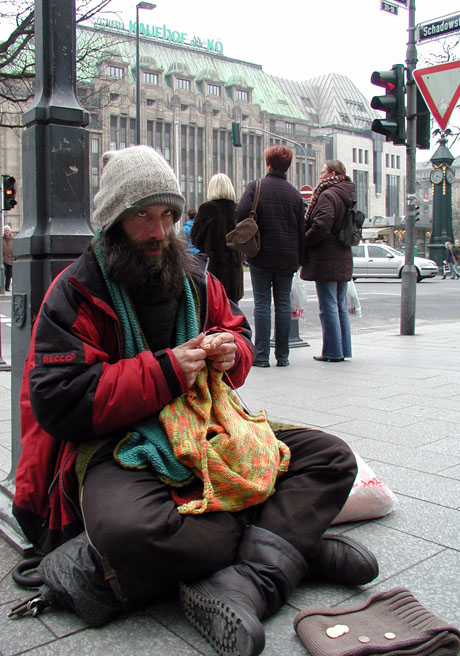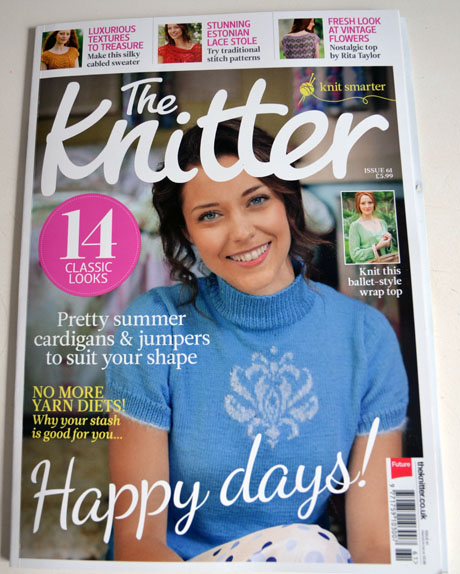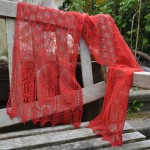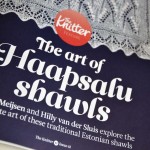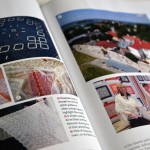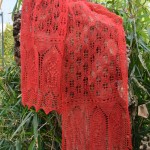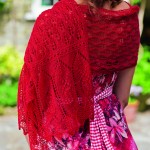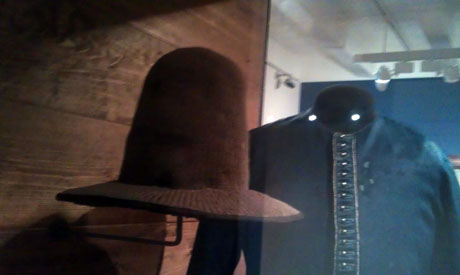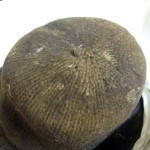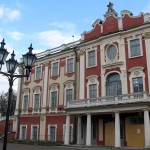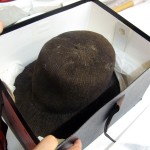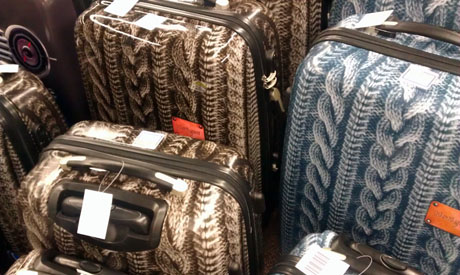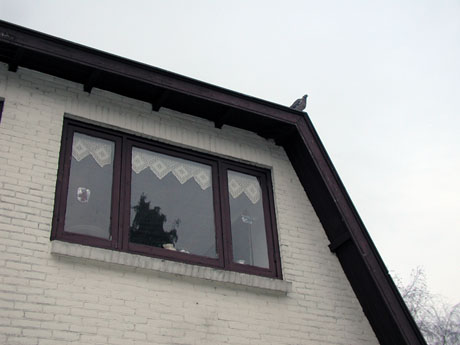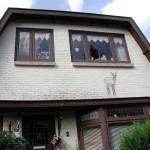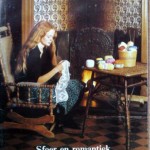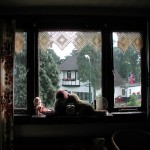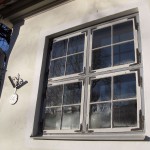 |
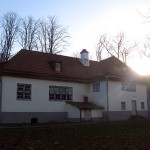 |
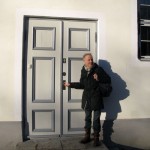 |
| Klik op afbeelding voor vergroting – Click to enlarge images |
Peter de Grote was een bijzondere tsaar. Hij was namelijk geen prinsje op de erwt, maar een hardwerkende man met brede interesses en enorme inzet om zijn land te ontwikkelen en te moderniseren. Zijn brede belangstelling hield niet op bij staats- en militaire zaken, maar richtte zich ook op wetenschap, ambacht en kunst. Leergierig als hij was, reisde hij veel en verdiepte zich hands-on in ambachten als houtdraaien en scheepsbouw. Maar en passant hakte hij ook nog wel eens een hoofd van een ontrouwe soldaat af. Ach ja, ook een soort ambacht hè.
Peter the Great was a remarkeble tsaar. He was not a sissy, but a man that loved to work hard who had a lots of interests and highly committed to develop and modernize his country. His interests didn’t stop at state concerns and military, but included sience, crafts and art. He was studious, travelled a lot and studied hands on crafts like wood turning and building ships. But sometimes he also chopped of a head of an unfaithful soldier. Well, that is a kind of craft too, isn’t it?
In Tallinn zagen Jan en ik in november 2012 het Tsaar Peter Majamuuseum in de buurt van het paleis Kadriorg aan de rand van de stad. Peter de Grote had hier zijn zomerverblijf, waar hij verbleef als hij in Tallinn was. Ook in Nederland is iets terug van vinden van de tsaar. In Zaandam is het eenvoudige houten huisje te bezoeken waarin Peter verbleef tijdens zijn studie scheepsbouw. Daar moeten we nòdig een keer naar toe, net als naar Sint Petersburg… 😉
In Tallin Jan and I saw the Tsaar Peter Museum near the Kadriorg palace in the vicinity of the town of Tallin in Estonia. Peter the Great had a summer cottage here, where he stayed when he visited Tallinn. In the Netherlands there are also traces of the tsaar to be found. In Zaandam you can visit the simple wooden house where he stayed during this studie period ship building. We really should see that too in the near future, just like Sint Petersburg… 😉
Maar goed, de reden dat ik het hier op Life ‘n Knitting over Peter de Grote heb, is niet alleen zijn interessante persoonlijkheid, dat wat hij bereikt heeft of de relatie met Estland en Nederland. Ik wil het hier met name over zijn hoed hebben. Die is namelijk gebreid. In 2010 zag ik deze hoed, of één die er verrekt veel op lijkt, in het depot van het Fries Museum in Leeuwarden waar ik was uitgenodigd om de uitgebreide collectie breisels te bekijken.
But well, the reason I discuss the very intriging person of Peter the Great here on Life ‘n Knitting is not his personality, his achievements or his connections to Estonia and the Netherlands. I want to bring his hat to your attention, as it is a knitted hat. In 2010 I saw this hat, or one very similar to it, in the depot of the Frisian Museum in Leeuwarden, where I was invited to see the large collection of knitted items.
In het kader het Rusland-jaar 2013 vormen de relaties tussen Rusland, Nederland en Amsterdam de aanleiding tot het houden van een uitgebreide tentoonstelling in de Hermitage in Amsterdam over Peter de Grote. Jan en ik waren er dit weekend en zwaar onder de indruk van de goed opgezette tentoonstelling. Echt een aanrader!
The relationships between Russia, the Netherlands and Amsterdam lead to nominate 2013 as the year with special attention to Russia. There is a big exhibition on Peter the Great in the Hermitage in Amsterdam. Jan and I visited the exhibition this weekend and were very impressed by the well organized event. We highly recommend to visit it!
